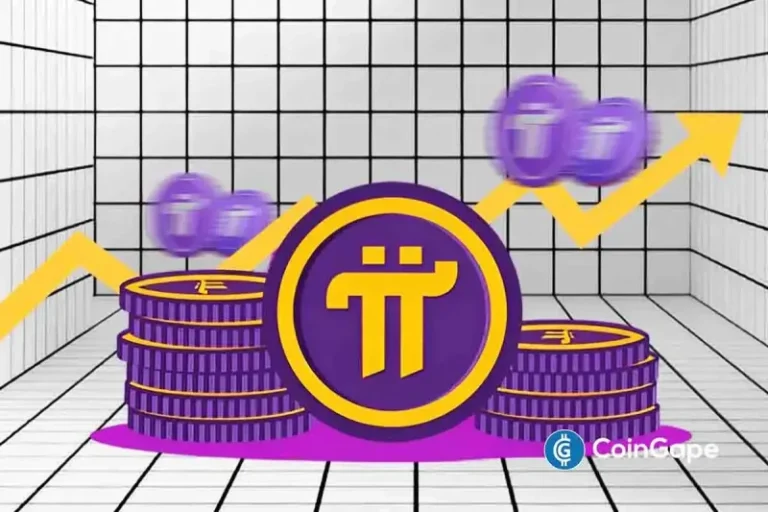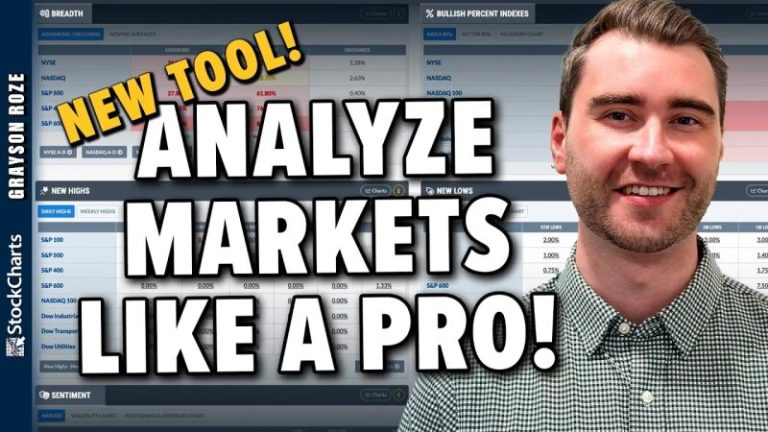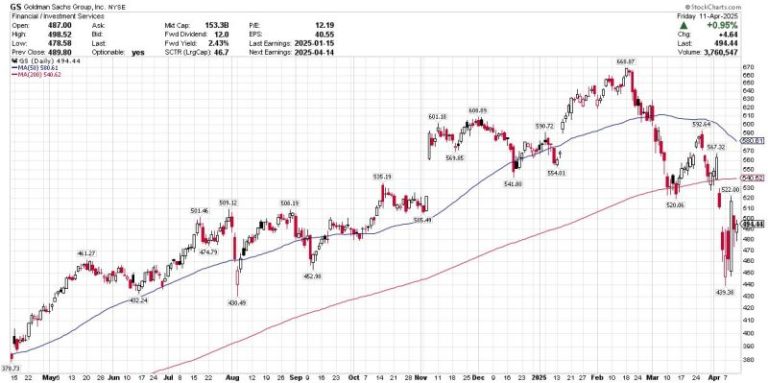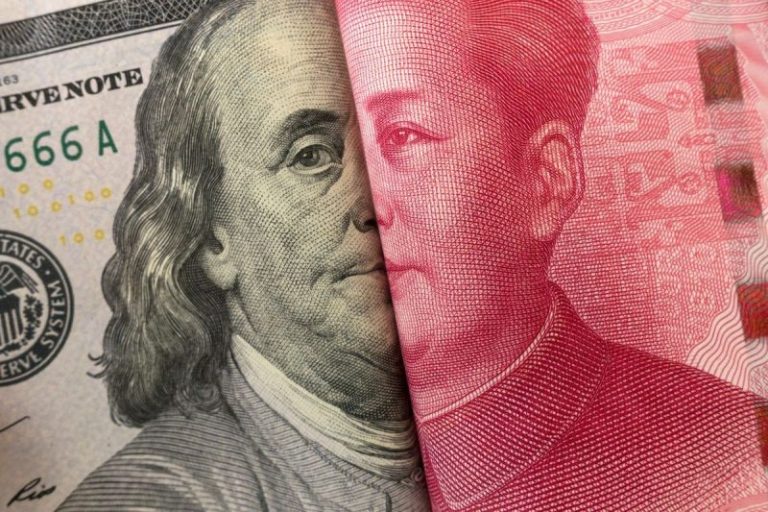The US crypto market seems poised for bullish trends after Senate Banking Chair Tim Scott stated that most of the pending crypto bills will be passed by August 2025. As this deadline fast approaches, crypto traders are looking for the best altcoins to buy to make significant gains once demand for digital assets rises.
The recent remarks by Senator Scott coincide with a notable recovery across the crypto market today, April 13. At press time, Bitcoin and all the top ten altcoins were edging higher as the total crypto marketcap reached $2.79 trillion.
This rally may extend in the coming months as the US emerges as a leading crypto hub. According to Senator Scott, the pending crypto bills will ensure that the US dominates the digital asset space.
The statement also comes after US President Trump signed the first crypto-related bill. The bill, which was signed earlier this week, seeks to remove tax reporting requirements in the DeFi industry.
Top Altcoins to Buy Before August
With the US emerging as one of the most pro-crypto countries, the top altcoins to buy today for investors to make significant gains are Ripple (XRP), Solana (SOL), and Pi Network (PI).
Ripple (XRP)
XRP is one of the top altcoins to buy today. One of the reasons that makes Ripple a good buy is that it is the largest US-made altcoin by market cap. Therefore, as the US crypto regulatpry framework changes, XRP is well-positioned to benefit.
The four-hour XRP price chart suggests the altcoin is in an uptrend. The RSI has risen to 63 showing a prevalence of buying pressure. Meanwhile, the MACD line and green histogram bars support the bullish thesis.
If the uptrend continues, XRP price may flip resistance at $2.23. Doing so will trigger a 17% rally to the 161.8% Fibonacci level of $2.61. If Ripple reaches This level, it might pave the way for more gains to new highs above $3.
Solana (SOL)
Solana also ranks among the best altcoins to buy today. SOL trades at $132 today. April 13 after a 10% increase in 24 hours. Analyst Momin has shared a bullish Solana price prediction saying the altcoin might rally to $180 in the coming weeks.
The analyst also added that Solana is on the verge of making a decisive close above $120 on the weekly chart. If this happens, it will spark a Solana price rally towards $180. Additionally, Solana price has breached the upper trendline of a descending trendline, showing that the bullish momentum is strong, which may spark a surge to $257.
Pi Network (PI)
Pi Network price had posted a 15% gain at press time. Data from CoinMarketCap also shows that trading volumes have increased by 200% to over $663 million as buyers purchased the asset.
One of the reasons why Pi Coin is one of the best altcoins to buy ahead of the crypto bills being passed is the asset’s rising presence in the US. The altcoin will be adopted as a means of payment by firms like Zito Realty. At the same time, Chainlink has added Pi Network token to its Data Streams, making it more accessible.
Pi Coin is trading within an ascending triangle pattern on the four-hour price chart, which shows a positive outlook. At the same time, the AO histogram bars and the RSI are tipping north, which supports a bullish Pi Network price forecast.
Summary of Top Altcoins to Buy
The US will pass most of the pending crypto bills before August according to the Senate Banking Chair Tim Scott. Once these bills are passed, the crypto market is poised to make significant gains. The top altcoins to buy today to position yourself for these gains are XRP, SOL and Pi Coin.
The post 3 Altcoins to Buy as US Senate Banking Chair Gives August Deadline For Major Crypto Bills appeared first on CoinGape.










